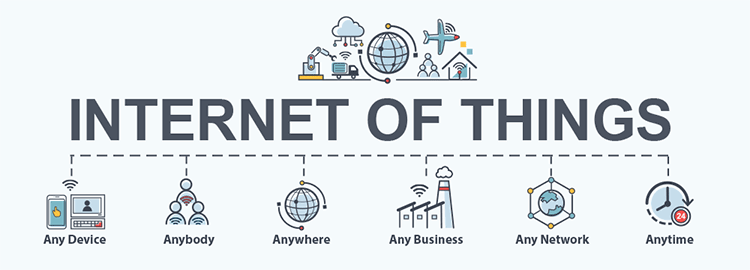The Role of Sports in promoting gender equality
Sports have the power to promote gender equality and empower women and girls in several ways.
By providing opportunities for women and girls to participate in sports, promoting gender-inclusive policies and practices, and challenging gender stereotypes, sports can help to break down barriers and promote equality between genders.
One of the key ways in which sports promote gender equality is by providing opportunities for women and girls to participate. Historically, sports have been male-dominated, and women have faced significant barriers to participating.

However, in recent years, there has been a growing recognition of the importance of promoting gender diversity in sports.
This has led to the creation of programs and initiatives designed to encourage and support women and girls to participate in sports.
For instance, many countries have programs specifically for women’s sports like soccer or basketball leagues. These programs provide opportunities for women and girls to develop their skills, build their confidence, and compete against others.
By providing spaces for women and girls in sports, these programs break down traditional barriers also promote gender equality.
In addition to providing opportunities for women and girls to participate. Sports can also promote gender equality by promoting gender-inclusive policies and practices.
This means taking steps to ensure that women and girls have equal access to sports facilities and resources. Women deserve fair funding and sponsorship, along with equal opportunities to compete and succeed.
Many sports organizations now implement gender quotas to ensure women’s representation at all levels, from coaching staff to the boardroom.
Others are ensuring women and girls have access to the same facilities, equipment, also support as men.
Gender-inclusive policies level the playing field for women and girls in sports, allowing them to compete and succeed on their terms.
Another way in which sports can promote gender equality is by challenging gender stereotypes. Gender stereotypes deeply influence how we perceive women also girls and the opportunities available to them.
Challenge stereotypes by offering positive role models and promoting gender diversity.
By highlighting the achievements of female athletes and showcasing their skills and talents. Sports can help to break down stereotypes about women and their abilities.
In addition, by promoting gender diversity in sports. Sports organizations can help to challenge the idea that certain sports are only for men, or that women are not as skilled or competitive as men.
By providing opportunities for women and girls to participate in a wide range of sports. Sports organizations can help to break down these stereotypes and promote gender equality.
Overall, the role of sports in promoting gender equality is an important one. By offering opportunities for women and girls in sports, promoting gender-inclusive policies, also challenging stereotypes. Sports can break barriers and promote gender equality.
However, there is still a long way to go in terms of achieving gender equality in sports. Women and girls still face significant barriers to participation, and they are often underrepresented in leadership positions within sports organizations.
To continue to promote gender equality in sports. We must continue to work towards creating a level playing field for women and girls.
This means providing equal opportunities for participation, promoting gender-inclusive policies and practices, and challenging gender stereotypes.
This ensures sports remain a potent force for promoting gender equality. Allowing women and girls to compete and succeed on their own terms. 온라인카지노



















